|
I am a Principal Software Development Engineer at Maxar Technologies Former staff research scientist at the Swedish National Road and Transport Research Institute (VTI), where I worked on driving simulation for road and rail vehicles. Google Scholar / Twitter / Github / LinkedIn |

|
|
I'm interested in Driving Simulation and Virtual Reality. Much of my research is about finding what factors affect the validity of driving simulators. |
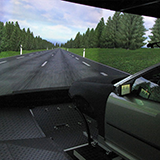
|
Björn Blissing, Fredrik Bruzelius, Olle Eriksson ACM Transactions on Applied Perception, 2022 bibtex Investigating the difference in driving behavior when driving a simulator using a head-mounted display and traditional projector-based display systems. |
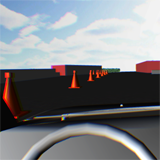
|
Björn Blissing, Fredrik Bruzelius, Olle Eriksson Transportation Research Part F: Traffic Psychology and Behaviour, 2019 bibtex We investigate how different modes of virtual reality affect driver behavior when driving a real vehicle on a test track. |

|
Björn Blissing, Fredrik Bruzelius Proceedings of the Driving Simulation Conference 2018 bibtex Meta-analysis of previous driving simulator studies in order to find which studies would be transferable to virtual reality given the current technological limitations. |
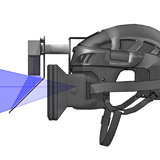
|
Björn Blissing, Fredrik Bruzelius, Olle Eriksson ACM Transactions on Applied Perception, 2016 bibtex We investigate how visual latency in a video see-through head-mounted display affects driver behavior. |
|
|
Björn Blissing VTI Notat, 2016 bibtex This report is a review of available technologies for tracking the user in virtual reality systems and how these technologies are used in automotive virtual reality. |

|
Björn Blissing, Fredrik Bruzelius Proceedings of the 5th International Conference on Road Safety and Simulation, 2015 bibtex The design of a video see-through augmented reality system for active safety testing. |

|
Lars Eriksson, Lisa Palmqvist, Jonas Andersson Hultgren, Björn Blissing, Steven Nordin Transportation Research Part F: Traffic Psychology and Behaviour, 2015 bibtex We investigate the added performance and presence when introducing head-movement produced motion parallax in a driving simulator. |
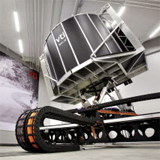
|
Jonas Jansson, Jesper Sandin, Bruno Augusto, Martin Fischer, Björn Blissing, Laban Källgren Proceedings of the Driving Simulation Conference 2014 bibtex Paper describing the design and validation of the VTI Simulator 4 facility. |

|
Björn Blissing, Fredrik Bruzelius, Johan Ölvander Proceedings of the 4th International Conference on Road Safety and Simulation, 2013 bibtex State-of-the-art in how Augmented Reality is used in the automotive sector. This paper also contains a more general part regarding display technology and tracking technology, but with a focus on their benefits and drawbacks for automotive use. |
|
|
Jonas Andersson Hultgren, Björn Blissing, Jonas Jansson Proceedings of the Driving Simulation Conference 2012 bibtex An advanced camera-based system was used to track the head movements of the simulator driver. The tracking data is fed to the simulation software to display the image with the correct parallax with respect to the driver's head position. |
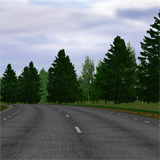
|
Lars Eriksson, Anne Bolling, Torbjörn Alm, Anders Andersson, Christer Ahlström, Björn Blissing, Göran Nilsson The 4th International Conference on Applied Human Factors and Ergonomics, 2012 bibtex We investigate car drivers’ acceptance of rumble strips and lane departure warning system (LDW), respectively, and driving performance with each of these warning types. |
|
|
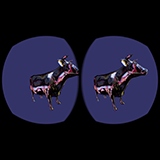
|
Oculus integration for OpenSceneGraph. The software was developed during my Ph.D. period and used in multiple research projects at VTI. The code is available as open-source and has been used worldwide by industry, researchers, and VR enthusiasts. OsgOculusViewer at GitHub |
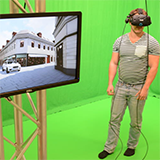
|
A Virtual Reality solution built to study pedestrian interactions with automated vehicles. The solution was developed using Unreal Engine and a head-mounted display upgraded with eye-tracking capabilities from Tobii. The project required writing a plugin for integrating the Tobii-eye tracking data with the visualization in virtual reality. This visualization enabled the researchers to see where the research subjects’ attention was. Report (Swedish) |
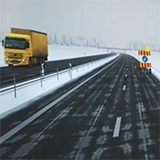
|
Image generator for road and rail simulators, ranging from small single-screen desktop simulators up to full-motion 6-DOF simulators with multi-node graphics capabilities. The image generator is capable of loading pre-generated environments and creating procedural environments based on open formats such as OpenDrive. The image generator is used for all VTI simulators. It has also been used by multiple partner companies and research centers in Sweden and abroad. |
|
Design and source code from Jon Barron's website |